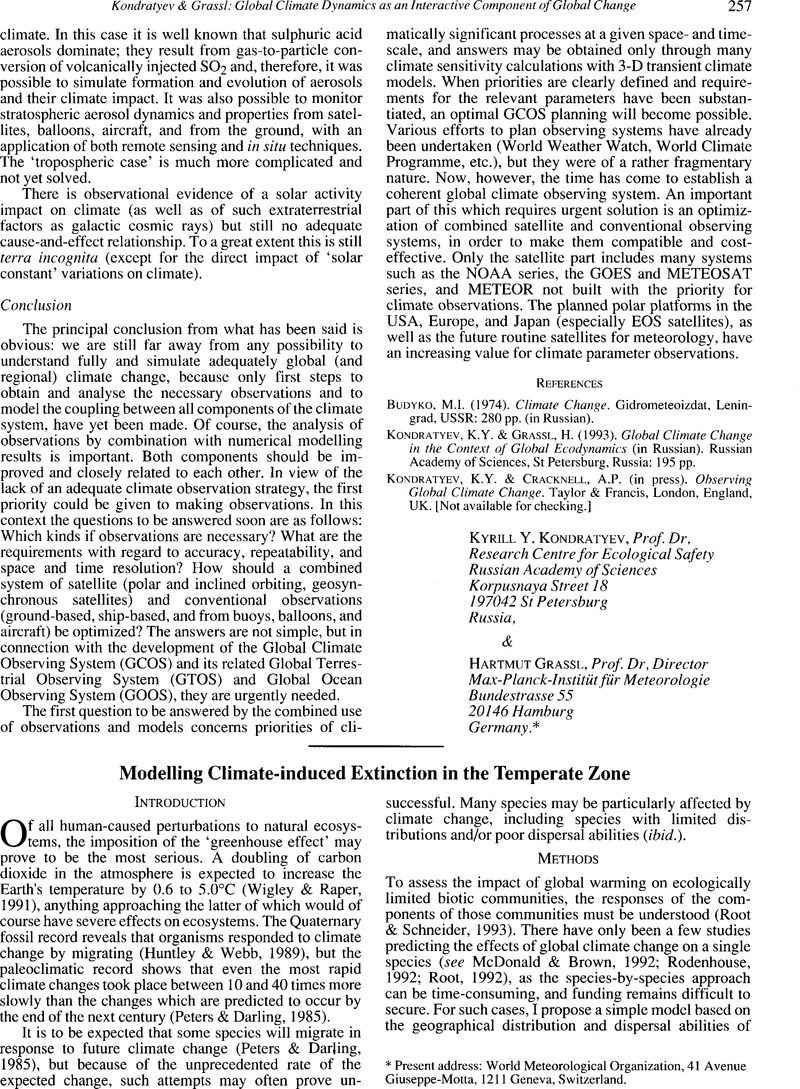Crossref Citations
This article has been cited by the following publications. This list is generated based on data provided by Crossref.
Rutherford, M. C.
Powrie, L. W.
and
Schulze, R. E.
1999.
Climate change in conservation areas of South Africa and its potential impact on floristic composition: a first assessment.
Diversity and Distributions,
Vol. 5,
Issue. 6,
p.
253.



